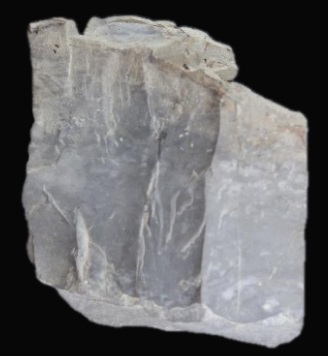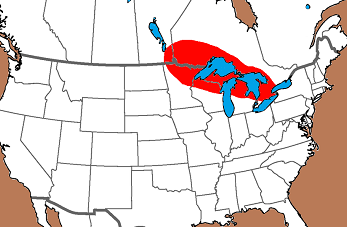

Selkirk Chert is associated with the Dundee Formation Limestone with primary outcroppings in Cheapside, Ontario and along the Sandusky Creek to the Lake Erie confluence. Sources have been reported in Lucas County, Ohio, Cheboygan County, Michigan, and Haldimand County Ontario. Can be found in nodules, beds, and lenses. Manitoba reports outcroppings near Lower Fort Gary on the banks of the Red River and East Selkirk. Selkirk Chert has been reported into Minnesota.
